
For sale: the former Thomas Crapper Museum
Explore this unique chance to buy one-of-a-kind antique loos, washbasins, baths, taps and bathroomalia.
Assembled by the former owner of Thomas Crapper & Co., Simon Kirby, this diverse collection of extraordinary breadth and quality has over 1,200 items ranging from the 1830s to the 1960s. It comprises items by many different manufacturers including Twyfords, Shanks, George Jennings and Royal Doulton.
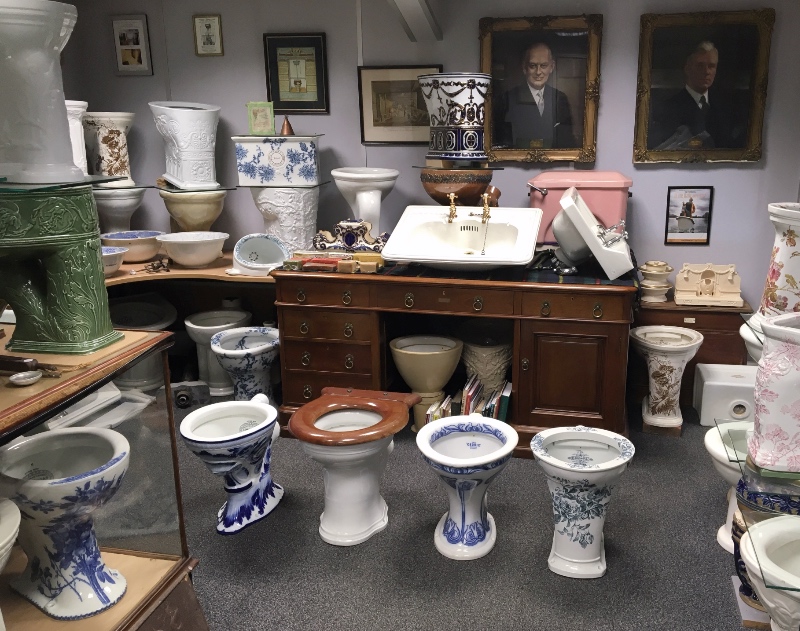

An acknowledged expert in the history of the ‘smallest room’, Simon Kirby has released a never-before-seen video tour of the collection available for sale.
Tour the Thomas Crapper Museum
“These pieces are now so rare, the collection could not be assembled today. I no longer run a Victorian sanitaryware company, so I cannot justify keeping the private museum. It is time for it to be explored and enjoyed by the public.” – Simon Kirby
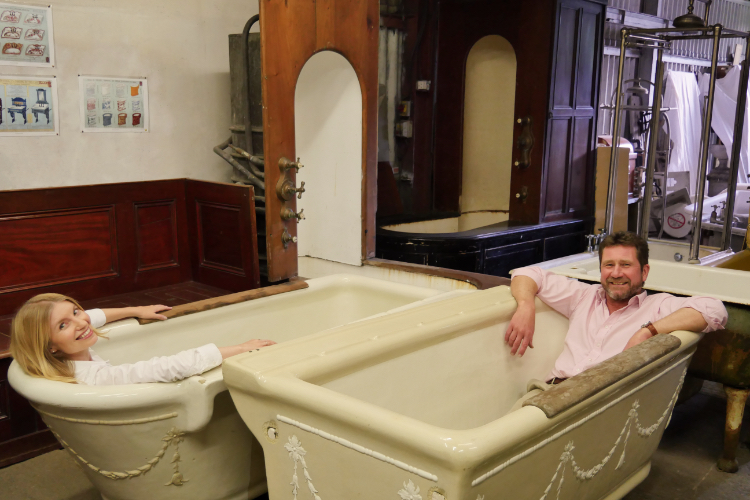

Presenters Sara Morel and Simon Kirby
Salvo is supporting Simon’s promise to try to keep the collection together, but if a buyer cannot be found he will have no choice but to split up the museum.
Explore the collection FOR SALE on Salvo, the destination for reuse
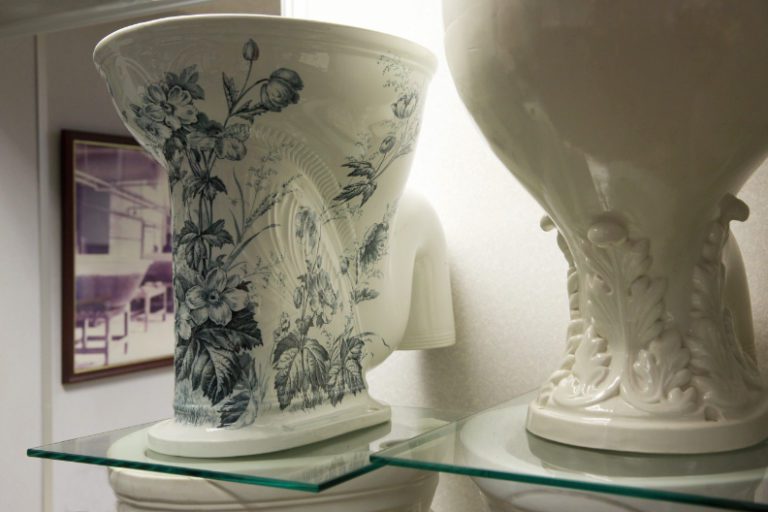

Collection Highlights
The former private museum of the famous company itself, hoards of rare antique loos, washbasins, baths and taps took nearly 40 years to collect.
The sale comprises beautiful, ornate WC pans and basins, many covered in floral decoration, and huge old cast-iron baths, some panelled in mahogany. There are hundreds of antique brass taps, polished wooden loo seats and even a potty with Hitler’s face in the bottom.
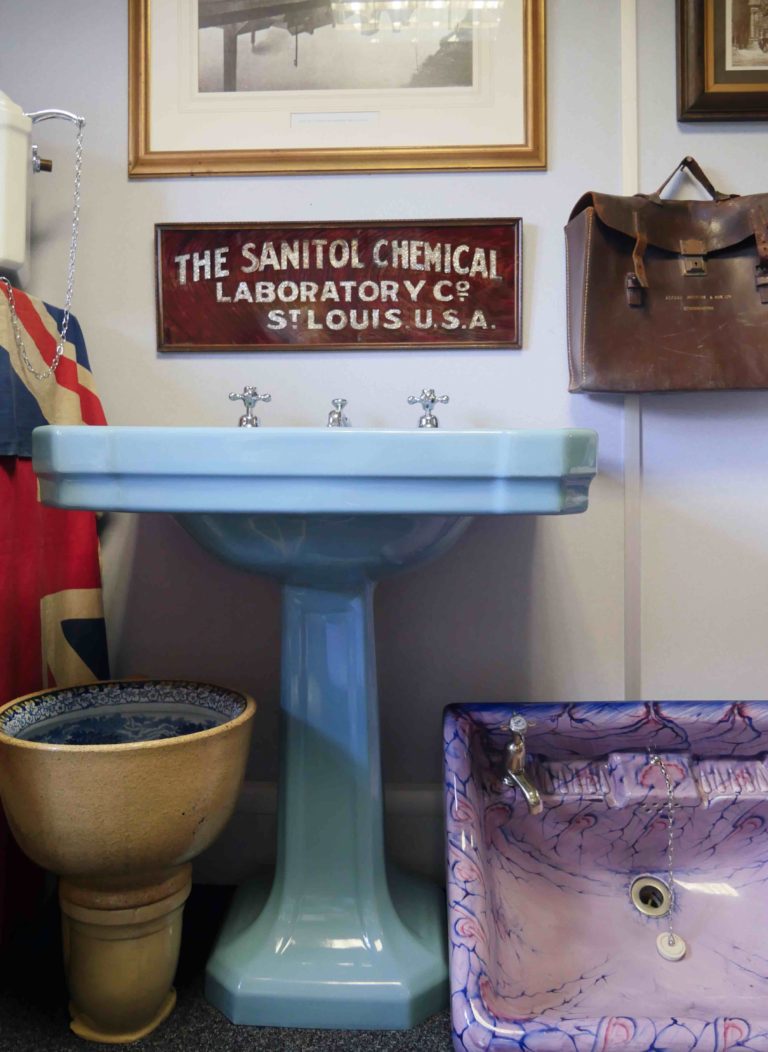

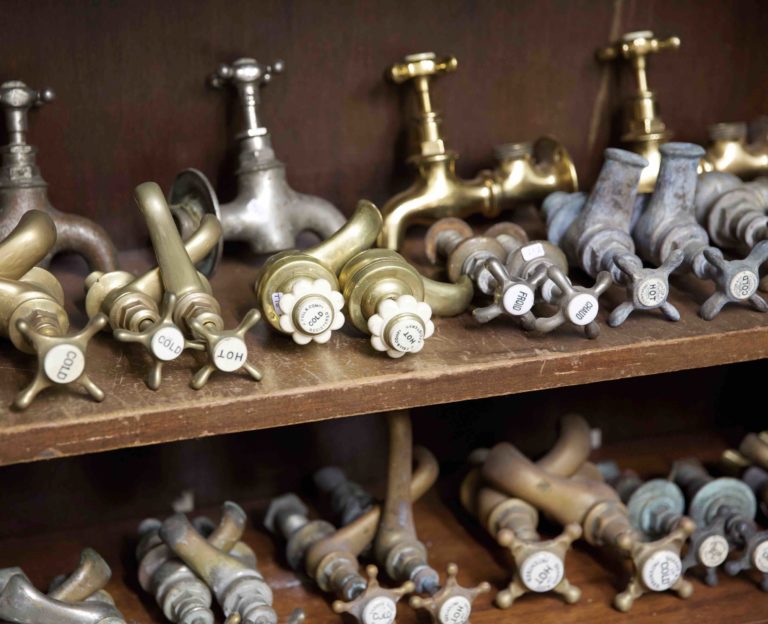

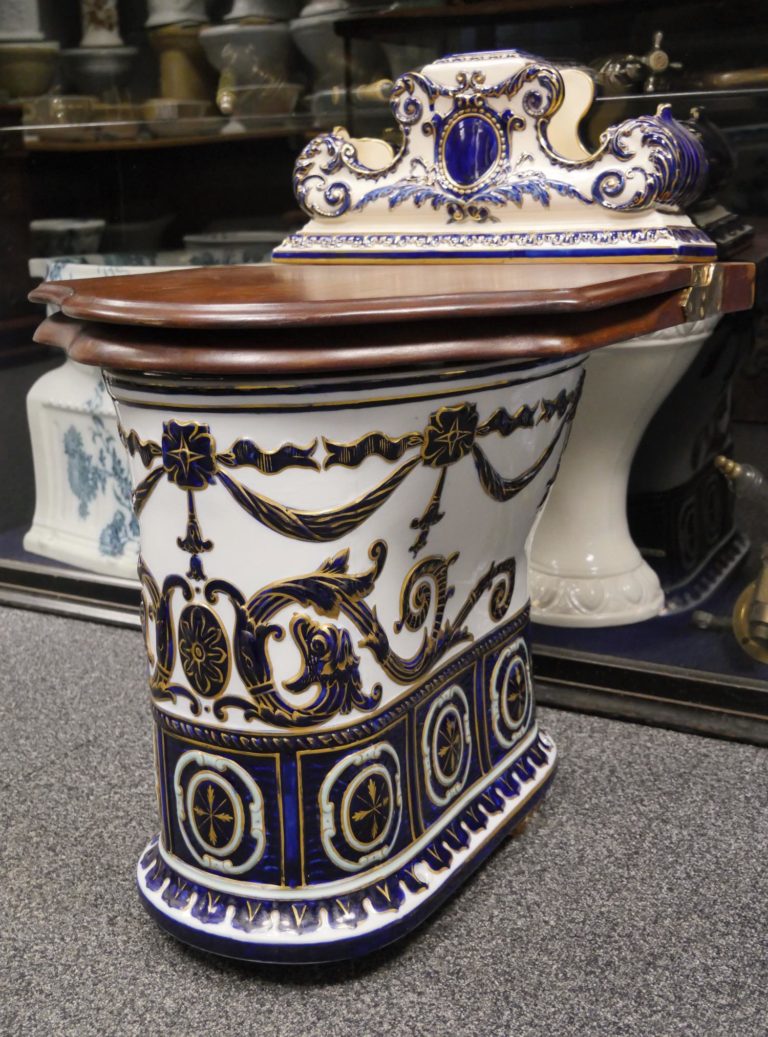

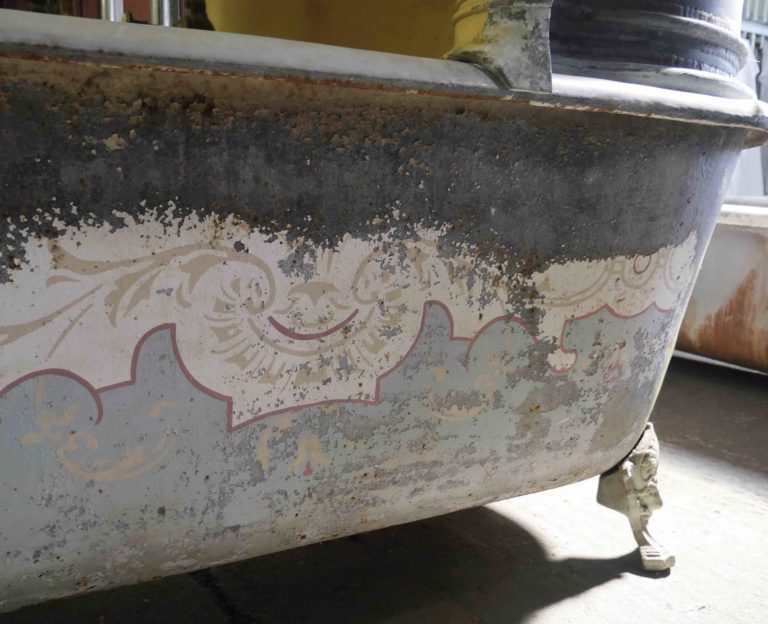

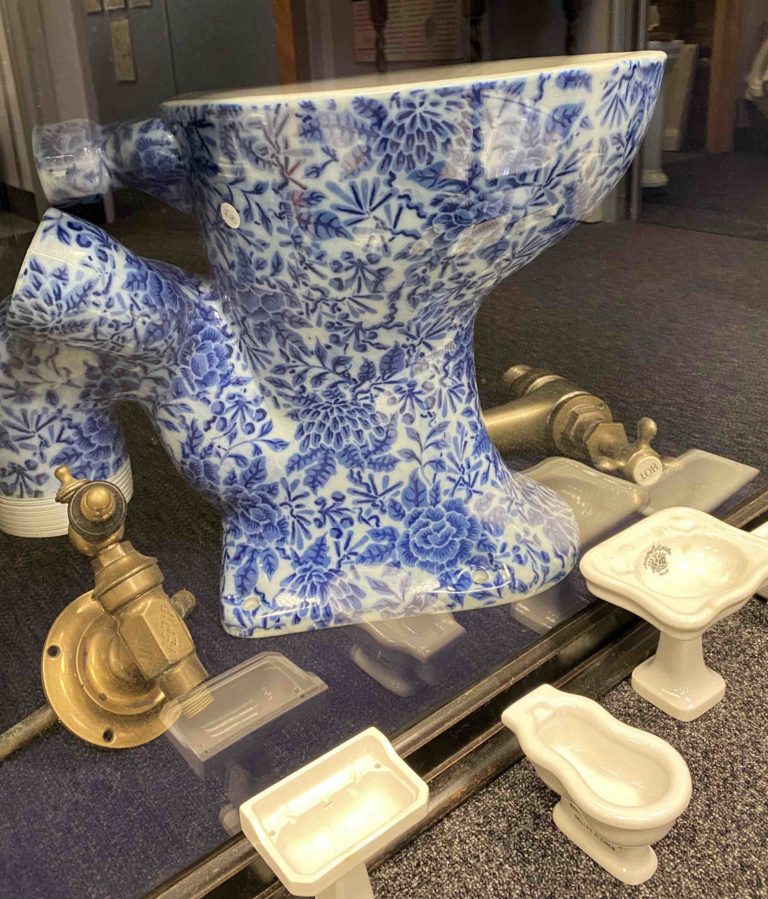

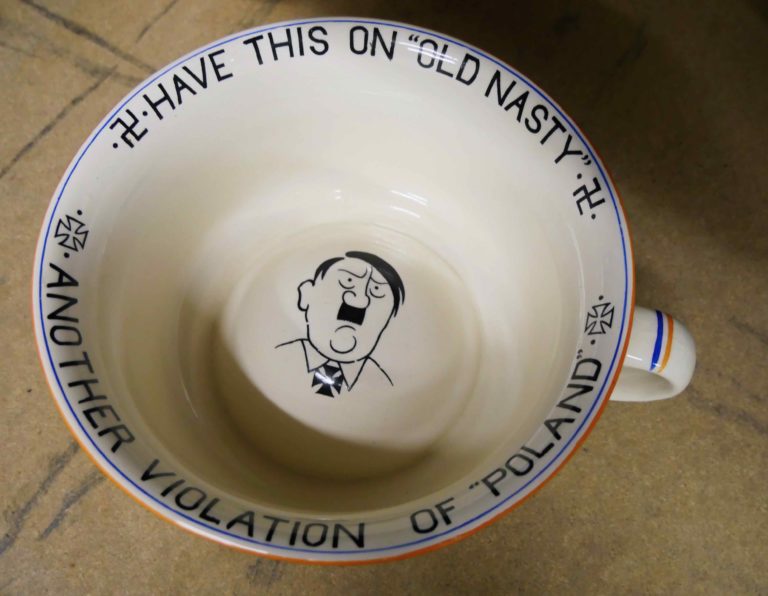

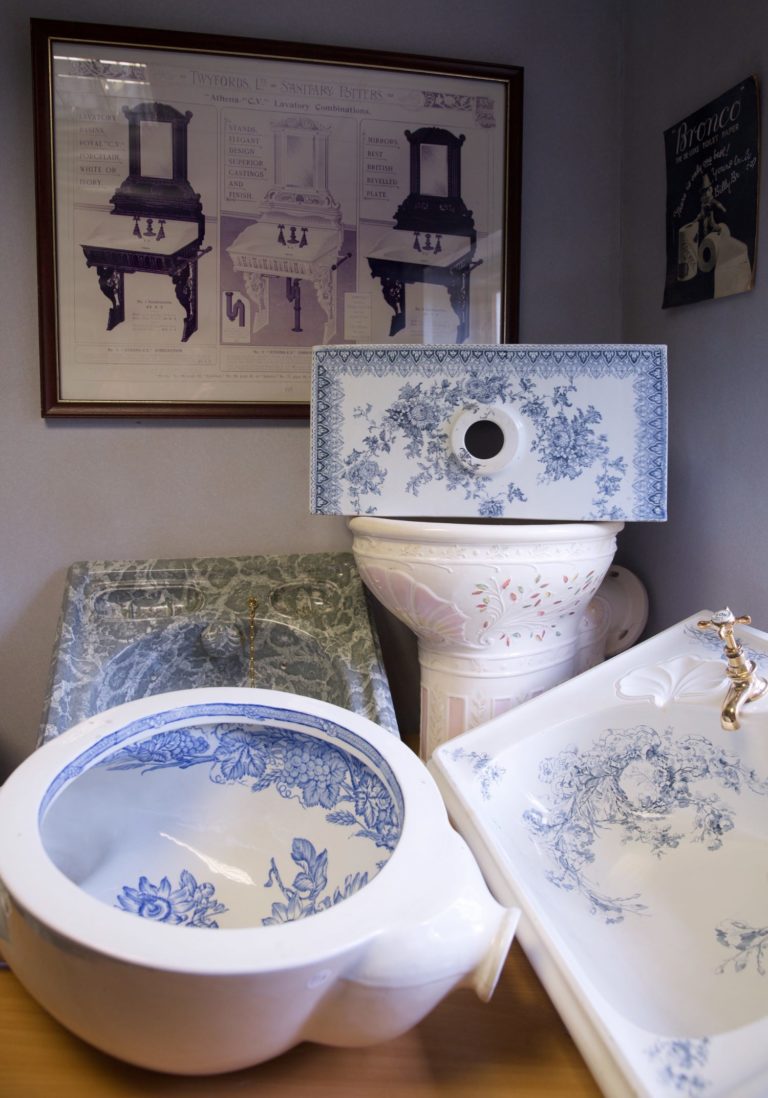

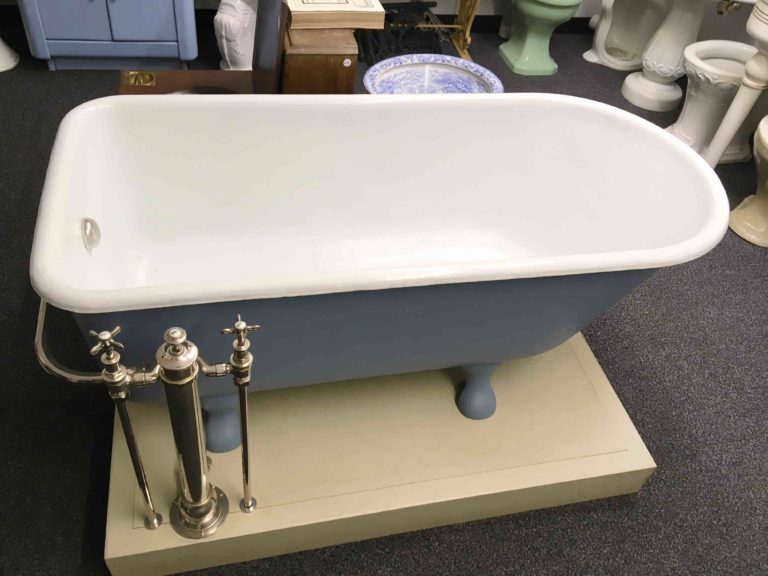

EVO-LOO-TION
Despite their age, the exhibits are mostly in extraordinarily fine condition and they demonstrate the development of the bathroom and in particular the loo.
Mechanical lavatories called ‘Valve Closets’ were introduced in the 1730s. They were completely enclosed in a polished wood casing, and remained popular for grand buildings well into the twentieth century. They are still found in some stately homes and country houses.
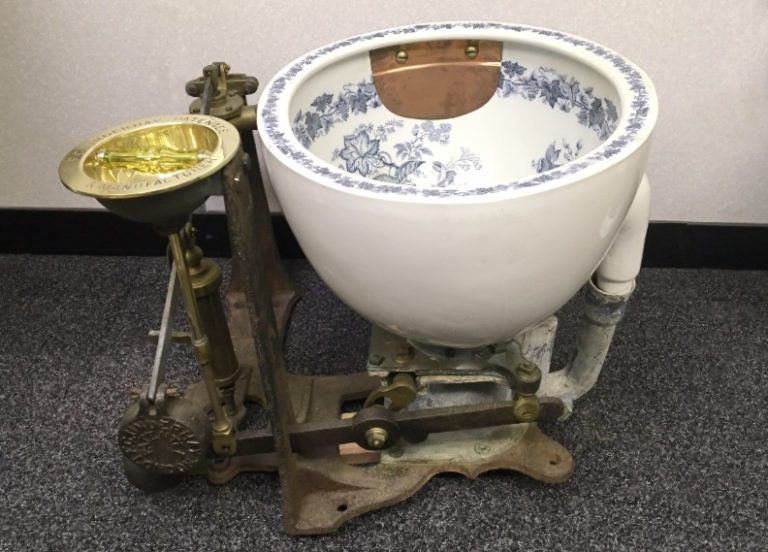

How the modern loo developed
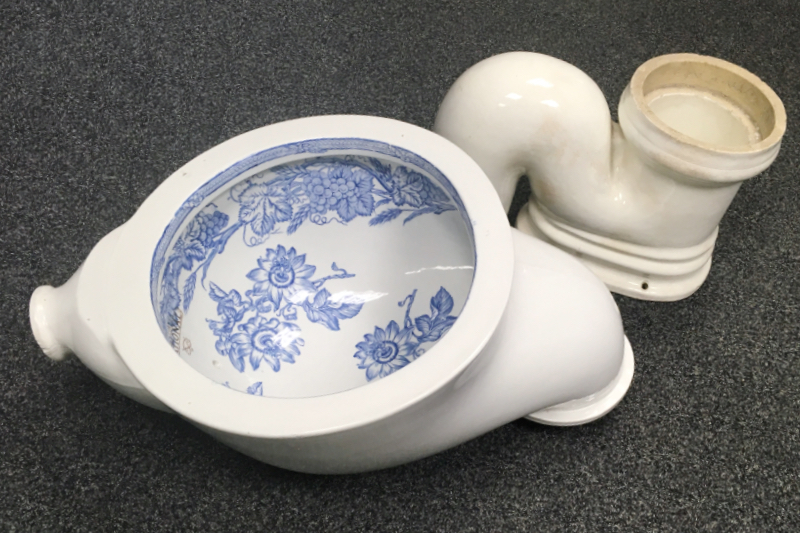

1850s-70s
Loo pans were in two pieces: a bowl and a trap, or U-bend, and they needed a wooden enclosure (or ‘thunderbox’!) to hold up the bowl. This kind of loo pan is called a ‘Wash-out’ and they had a shallow ‘shelf’ inside the bowl.
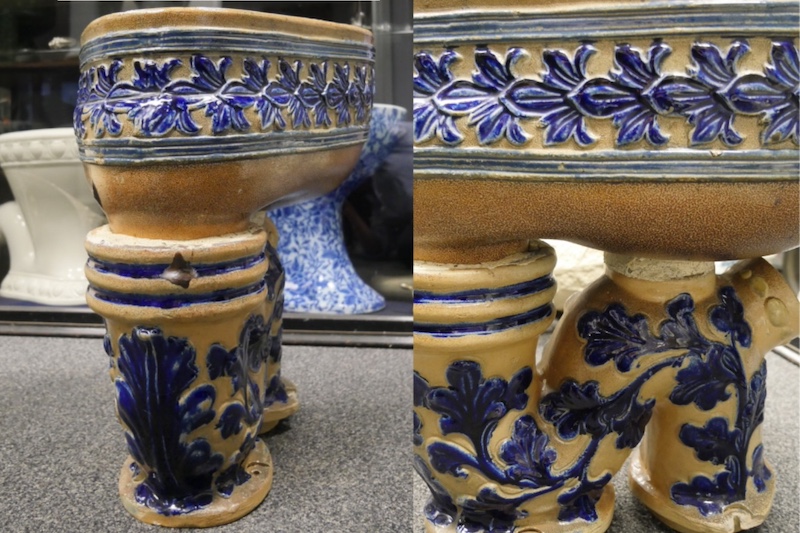

mid-1870s
The next development was a free-standing version. We have a bowl and a trap, but now it stands alone without any enclosure and the outside is decorated. A very large loo seat was required which was hinged from the wall behind.
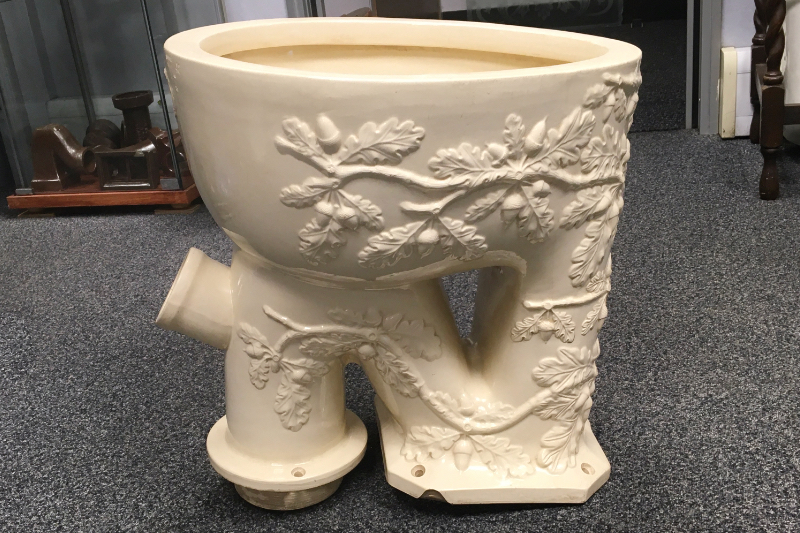

late-1870s
In the late 1870s the loo pan becomes cast in one piece, making it much easier to install and keep clean.
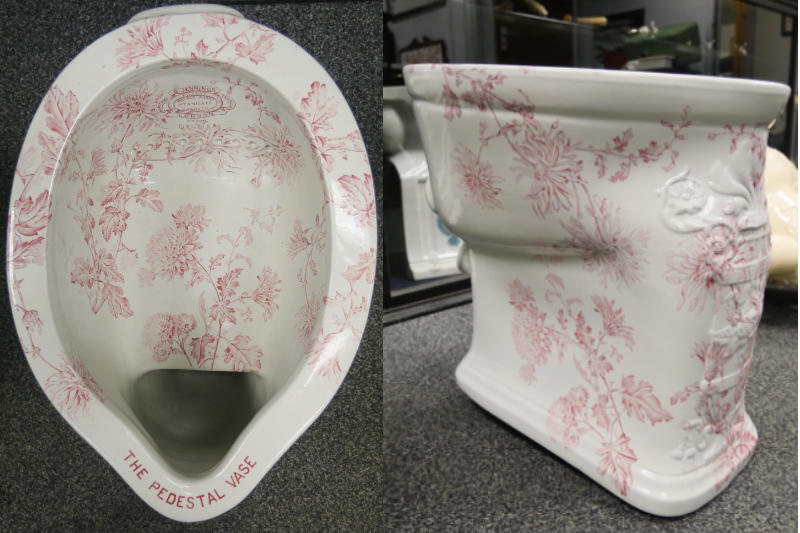

early-1880s
In 1884 the trap was enclosed, very much like a modern toilet, but still with a wash-out bowl.
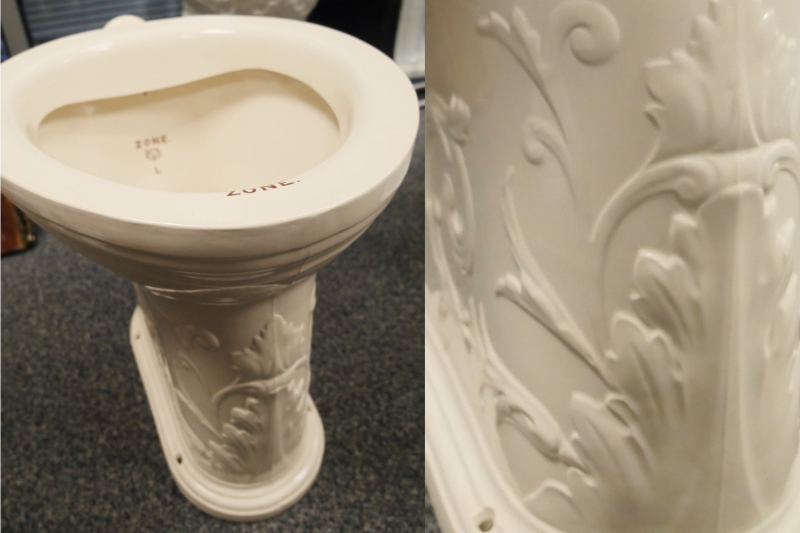

late-1880s
The wash-down pan was developed, which was far more efficient but the loo still required a large seat which was fixed to the wall.
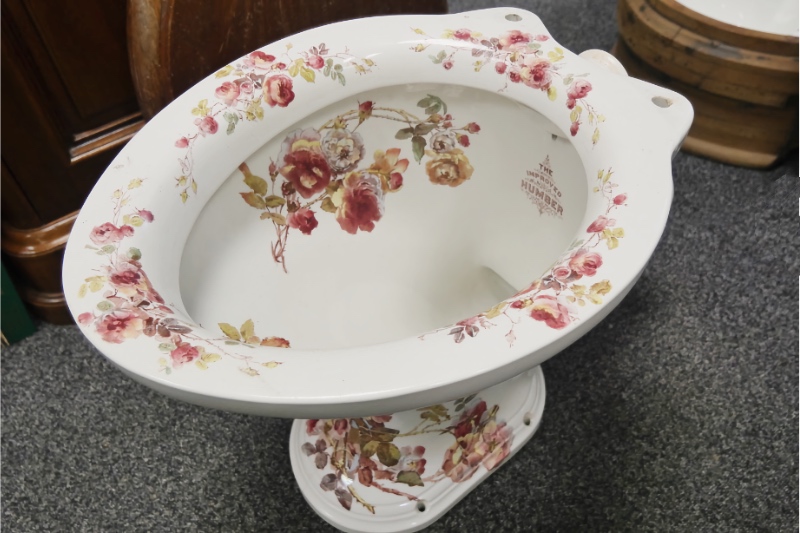

1890s
Lugs were added to the back of the bowl in the early 1890s and the modern seat was developed, with bolts to fix through the mounting-lugs. The toilet has hardly changed since!
Reuse products with a past. The Truly Reclaimed™ label highlights the rich heritage of the collection for sale
Get in touch with Salvo to make an offer and receive further details
Offers of over £300,000 are being sought for the entire collection. However Simon Kirby is inviting people to register their interest in individual items, should the museum have to be split up.
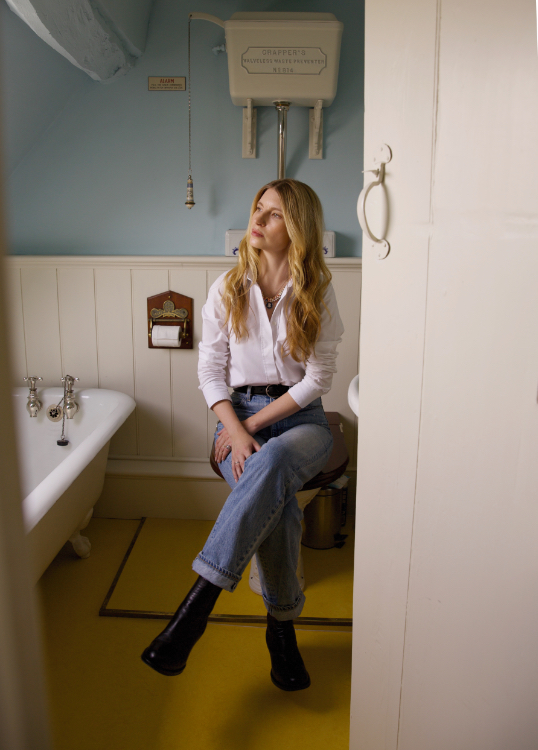

“Salvo has continuously encouraged reuse to reduce the amount of architectural salvage that is downcycled or destroyed, so we were asked to help promote and rehome the Crapper Collection to preserve its future. Touring the private museum was fun, insightful, and a privilege. As the video shows, each piece holds stories that must be saved and shared.”
– Sara Morel, CEO Salvo
About Thomas Crapper
The Victorian lavatorial legend that is Thomas Crapper & Company was established in Chelsea, London, in 1861. It soon garnered a reputation for singular quality and service and counted many famous and powerful people amongst its customers. Before long orders arrived from the Royal Family and over the years the firm held four Royal Warrants. Thomas Crapper invented the bathroom showroom and he provocatively displayed his WC pans in the huge plate-glass windows: it was said that genteel Victorian ladies would faint away on the street at the mere sight of the china bowls!
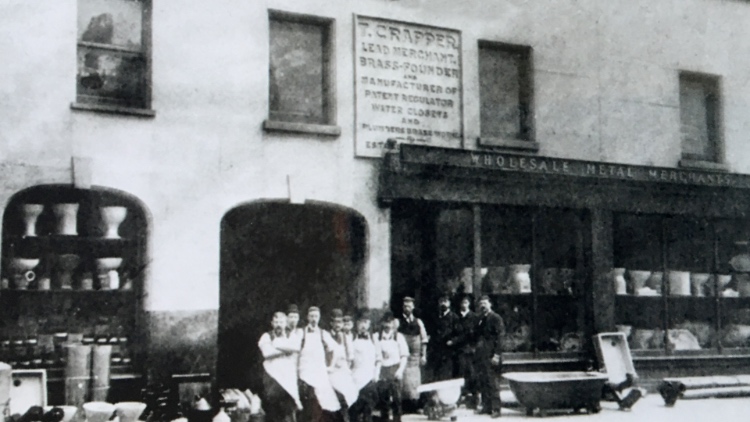

Explore Thomas Crapper & Company’s wide range of classic bathroom fittings below.
About Salvo
Reclaim, Reuse, Repeat since 1991.
Truly Reclaimed™ is sister to the Salvo Code, a world-leading reclamation assurance scheme of businesses dealing in architectural antiques and reclaimed material that meet high standards in responsible sourcing.
Salvo is the destination for reuse with the original architectural salvage marketplace, SalvoWEB.com. From DIYers to designers, architects and builders, Salvo helps match something reclaimed or recrafted with someone who wants to reuse it, while preserving the stories behind real reuse.


